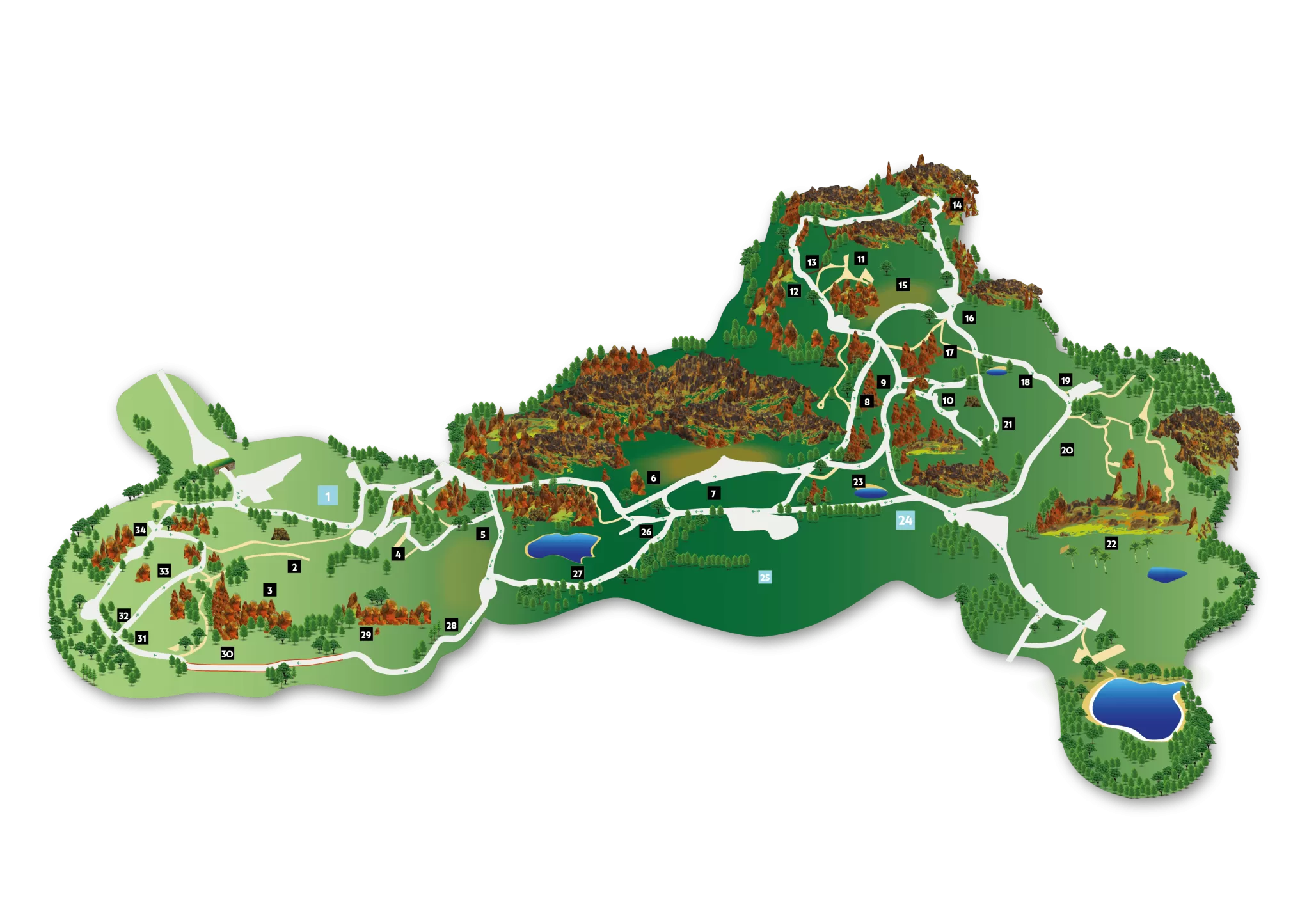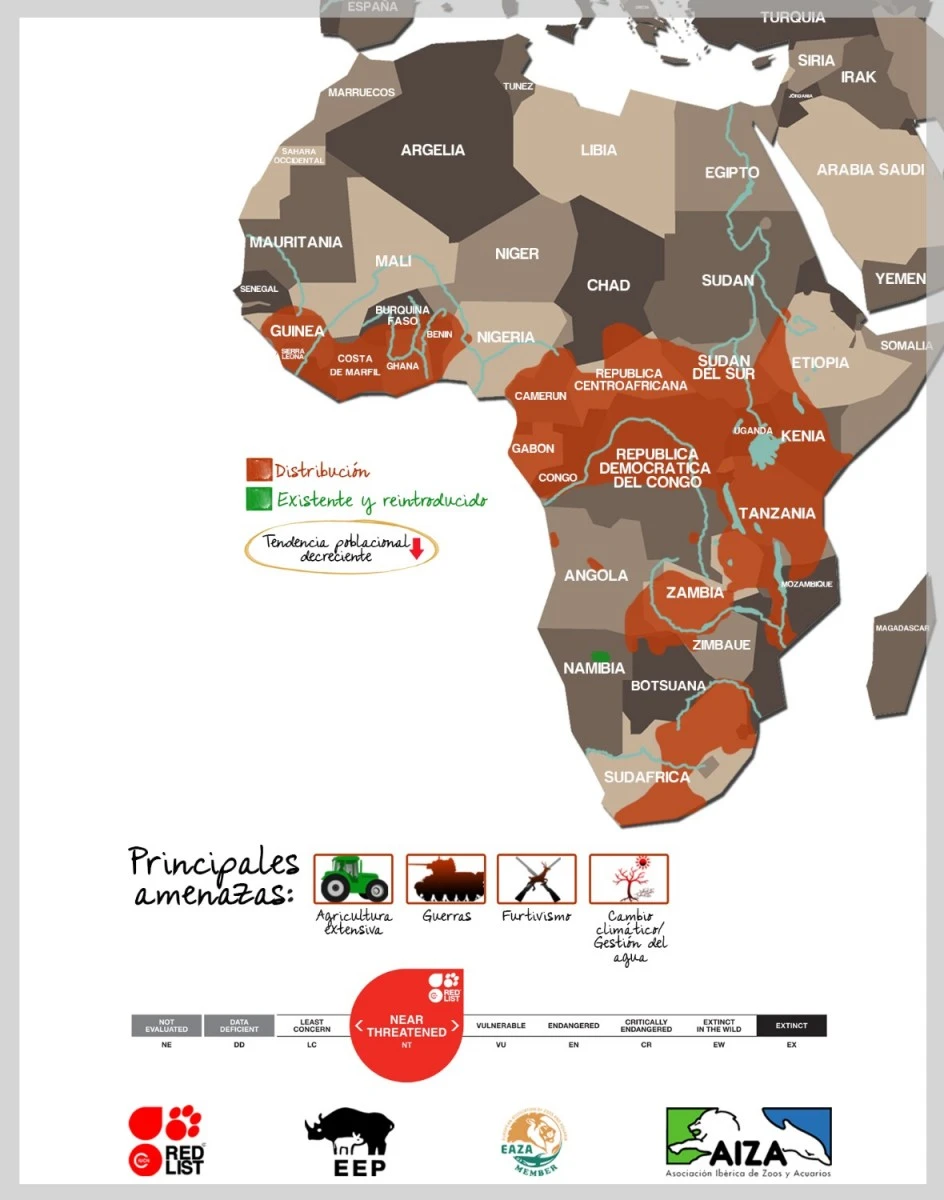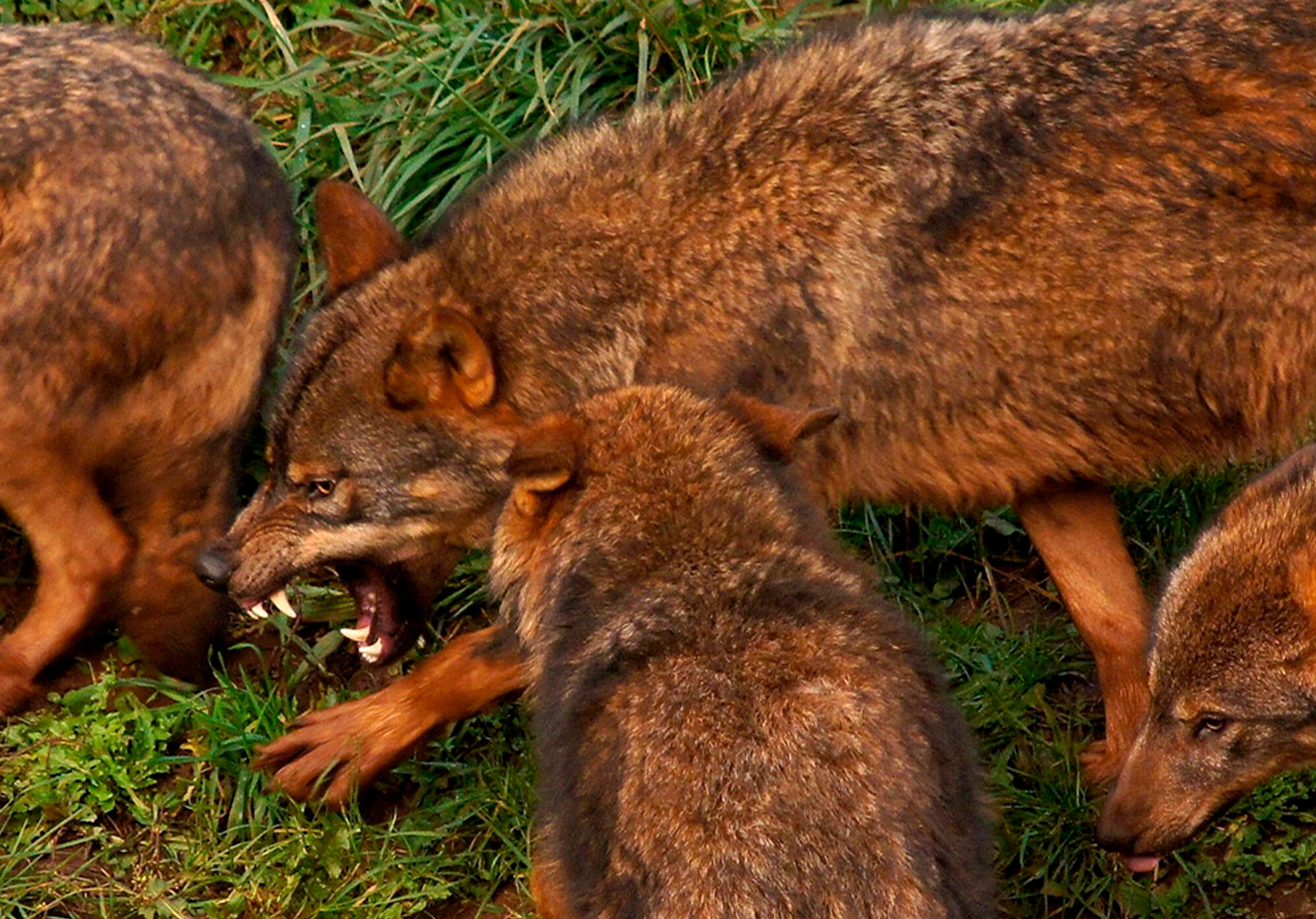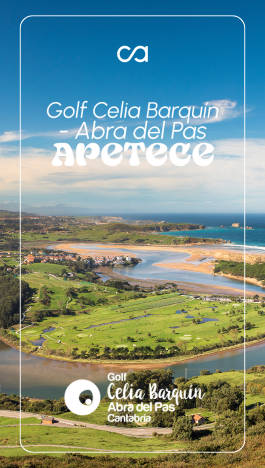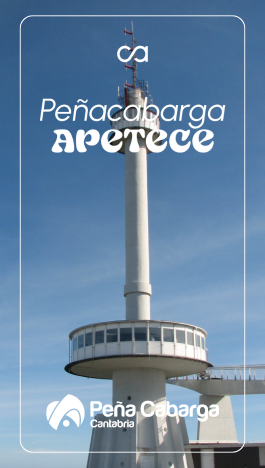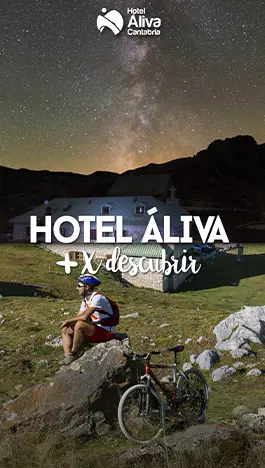
The wolf, despite the bad reputation attributed to it by children’s tales, presenting it as a cunning and evil being that deceives and kills, is not a bloodthirsty animal: if it kills, it is out of hunger, whether in a pack or alone. When hunting large ungulates, it does so in a pack, following highly elaborate tactics.
They are social animals that live in a highly structured group: the dominant male leads the pack, takes the initiative in hunting, ensures the safety of all group members, and will always be the first to eat, not tolerating any other group member feeding before him, with the exception of his mate. The conditions that determine the male’s dominance are not based on his age, strength, or aggressiveness, but on the acceptance of his authority by the other members.
In this society, the disappearance of the female causes no perturbation, as another will take her place. However, the disappearance of the dominant male can lead to the loss of group cohesion and its dissolution.
The forms of communication used by wolves are visual, olfactory, and acoustic. Of the latter, the most characteristic is the howl, which can be heard within an eight-kilometer radius, although they rarely use it (only before or after hunting).

